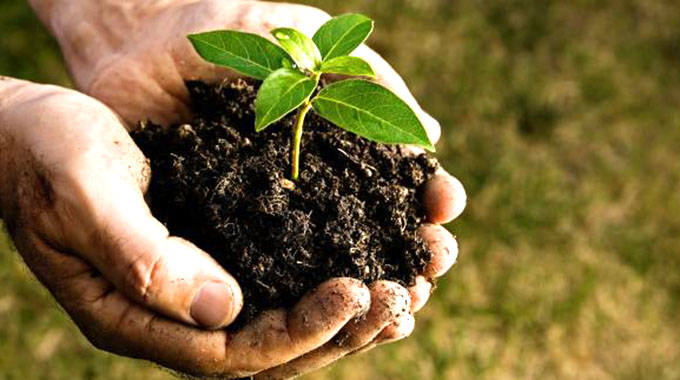
Conrad Mupesa–Mash West Bureau
ZIMBABWE is in danger of losing out on significant foreign currency from tobacco exports in the next 10 years if the wanton cutting down of trees without a corresponding replacement is not enforced.
Forestry Commission director-general, Mr Abednigo Marufu, recently said the rate at which farmers were cutting down indigenous trees for curing tobacco in some parts of Hurungwe district, which is the country’s top producer of the golden leaf, was alarming.
Other drivers of deforestation include settlements and energy as trees are used for charcoal and general lighting.
“Our indigenous forests have become prone to tobacco farmers and after cutting down these trees, they take so many years to replenish with the same species,” said Mr Marufu.
“The country loses over 262 000 hectares per year due to farming activities and veld fires, among other reasons. As Forestry Commission, we support agriculture and tourism, but without forestry, it is difficult to grow tobacco in the country.
“In Hurungwe district, there has been massive deforestation for the past 29 years. What we are witnessing in Hurungwe is what all the tobacco producing districts have come to be against, those areas in Matabeleland North and Matabeleland South where there is no tobacco farming.”
Hurungwe’s Ward 13 has high cases of deforestation and there are calls for an alternative method of curing tobacco to preserve trees and ensure tobacco is grown for longer.
“We should come up with other alternatives like biogas for tobacco curing,” said Mr Marufu. “Within the next 10 years, we are likely to see a huge decrease in tobacco farming if alternatives are not found. We want to encourage chiefs to encourage sustainable tobacco farming.”
Chief Chundu, Senator Abel Mbasera, whose area produces more tobacco in the district, raised concern over gum trees that were being planted to replenish forests.
But Mr Marufu said gum trees had no major problem as they were on trial since 1966.
“Farmers should embrace the species of gum trees that we have introduced in other parts of the country, except for Manicaland,” he said. “These have been under test since 1966 and they don’t require a lot of water.
“We have different species that are grown in Manicaland that need a lot of water, but for tobacco farming areas, farmers should embrace the species that are available to them.”
Mr Marufu said the Forestry Commission was encouraging the use of trees that improve soil enrichment, while discouraging some political figures from being involved in illegal charcoal making business.
Every year, the Government, through the Ministry of Finance and Economic Development, releases funds to the Forestry Commission for tree planting. The money is deducted from each farmer’s total sale of tobacco for the Afforestation Fund, which is taken through the Tobacco Industry and Marketing Board (TIMB). Nurseries of trees have been set up in provinces and have produced over 6,8 million trees that are availed to tobacco farmers for free. The move is aimed at meeting Zimbabwe’s demands of sustainable tobacco farming.
